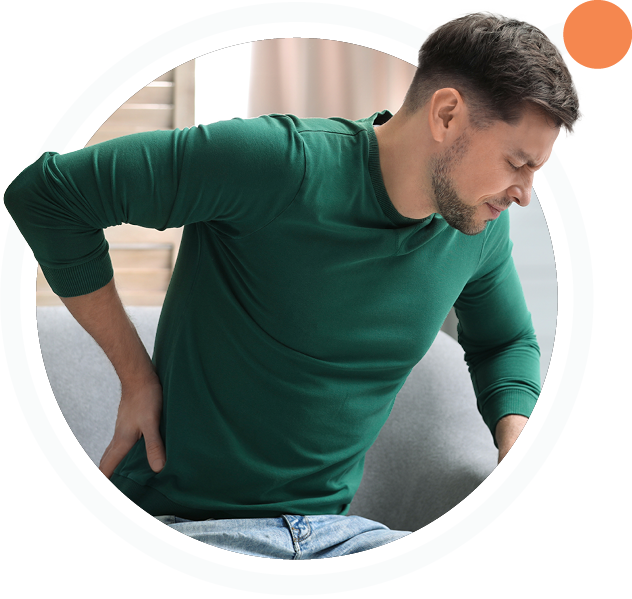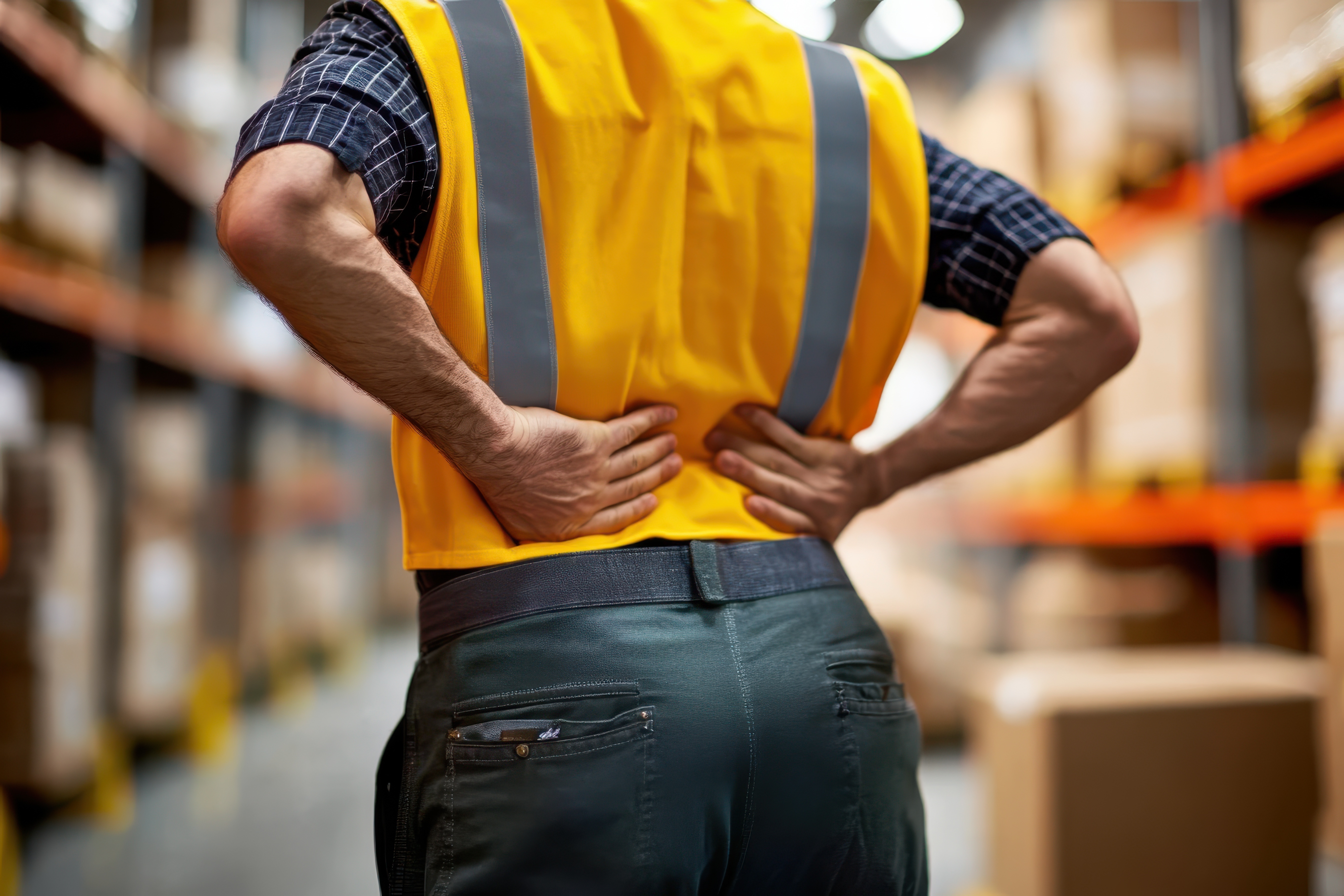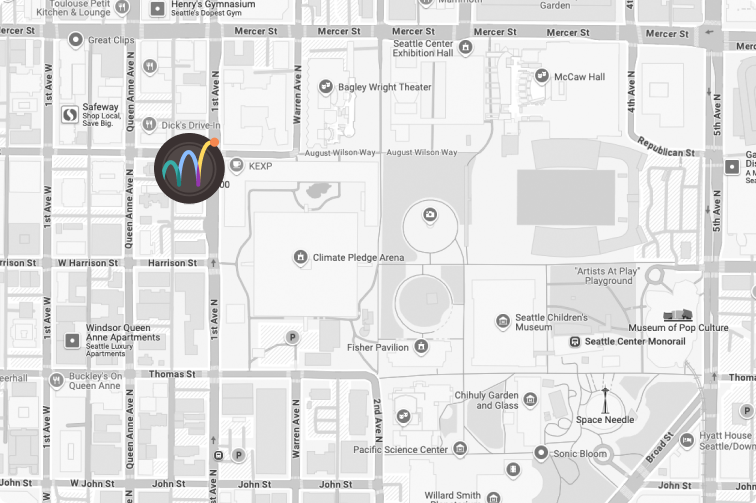
EXPERTISE
Low Back Pain
Low back pain is a leading cause of disability in working-age adults and a common reason for medical visits. When chronic, it can disrupt work, daily life, and lead to emotional and financial strain for individuals and their families.
EXPERTISE
Therapy instead of surgery
Spinal surgery is rarely recommended for low back pain (LBP), and even when performed, it may not relieve pain. Traditional treatments like injections or pain medications often provide limited benefit and can have side effects.
For chronic LBP lasting more than 12 weeks and causing activity limitations or work disability, there is growing consensus that an interdisciplinary pain rehabilitation program is the most effective approach.
EXPERTISE
What to know about low back pain
Low back pain is extremely common, and it can stem from a wide range of causes—some mechanical, some structural, and others systemic.

Causes of low back pain
Most low back pain is caused by mechanical or musculoskeletal issues, such as:
- Strains and sprains to soft tissue
- Poor posture
- Stiffness
- Muscle spasms
- Structural spine issues such as spinal fracture or scoliosis
-
Disc problems (disc herniation or degenerative disc disease)

Low back pain treatments
After an initial assessment, patients suffering from low back pain often receive a mix of education and physical therapy.
Physical therapy for low back pain can include:
- Stretching
- Strengthening
- Core strengthening/stabilization
- Aerobic conditioning
- Spinal mobilization/manipulation
- Soft tissue mobilization (e.g., massage)
- Trigger point therapy
- Heat or cold therapy
- Electrical stimulation (TENS)
-
Posture training/strengthening
- Normalizing movement patterns
- Pacing
